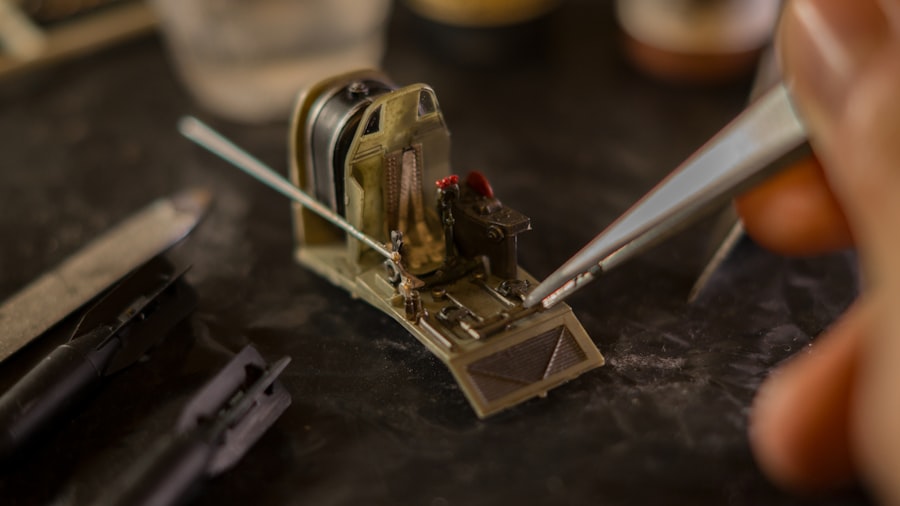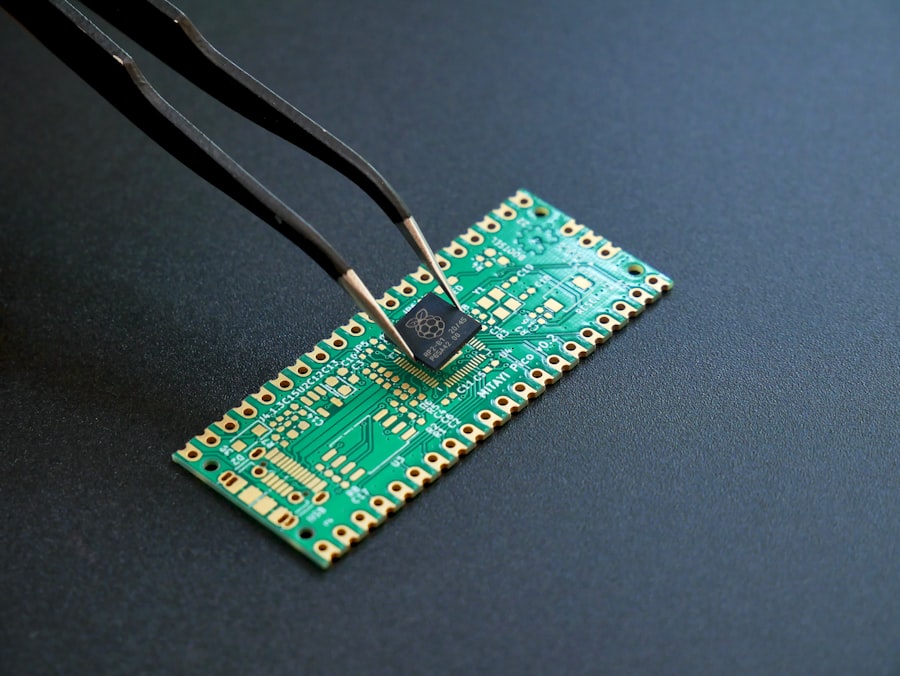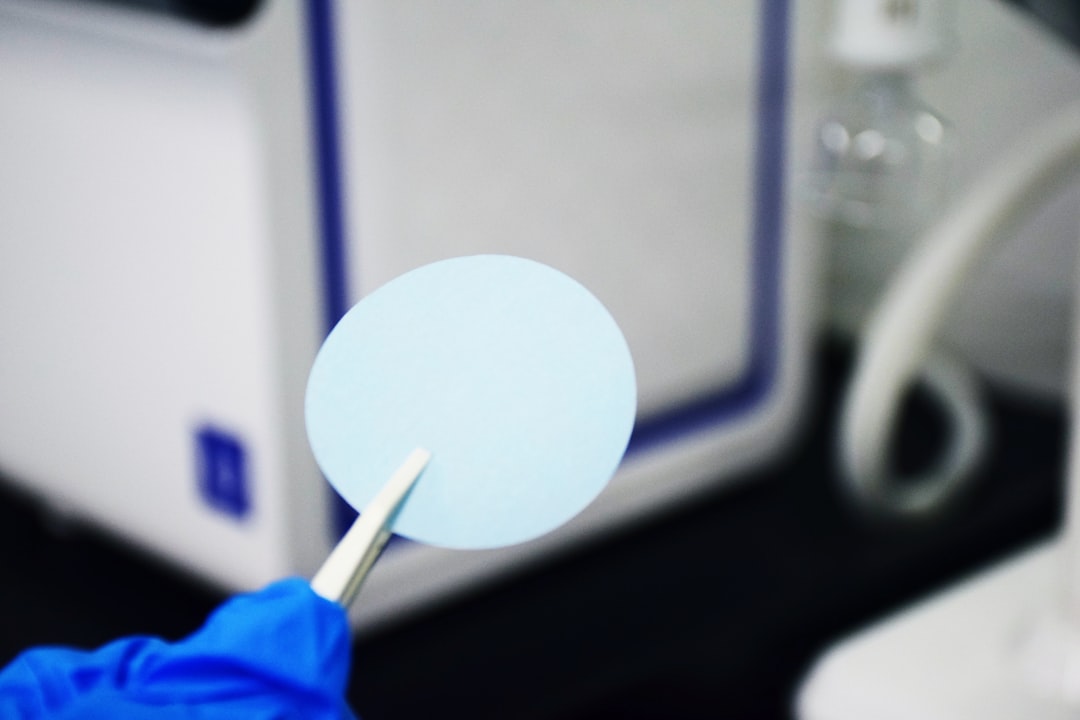When you consider laser hair removal, it’s essential to grasp how the process works. At its core, laser hair removal utilizes concentrated beams of light to target and destroy hair follicles. The pigment in the hair absorbs this light, which generates heat that damages the follicle, inhibiting future hair growth.
This method is particularly effective for individuals with dark hair and lighter skin, as the contrast allows the laser to focus more effectively on the hair pigment. However, advancements in technology have made it possible for various skin and hair types to benefit from this treatment. Before undergoing the procedure, you will typically have a consultation with a trained professional.
During this meeting, you can discuss your hair removal goals, medical history, and any concerns you may have. The practitioner will assess your skin type and hair color to determine the most suitable laser for your needs. It’s crucial to follow pre-treatment guidelines, which may include avoiding sun exposure and certain medications that can increase sensitivity.
Understanding these steps will help you prepare for a smoother experience and maximize the effectiveness of the treatment.
Key Takeaways
- Laser hair removal targets hair follicles to reduce hair growth
- After laser hair removal, avoid sun exposure and use gentle skincare products
- Methods for removing remaining hair include tweezing, waxing, shaving, and trimming
- Exfoliation and scrubbing can help prevent ingrown hairs
- Home remedies for removing remaining hair include sugar waxing and turmeric paste
Post-Laser Hair Removal Care
Normal Reactions and Discomfort Relief
You may experience some redness or swelling in the treated area, similar to a mild sunburn, which usually subsides within a few hours to a couple of days. Applying a cool compress can help alleviate discomfort. Your practitioner may also recommend soothing creams or gels containing aloe vera or hydrocortisone to calm the skin.
Protecting Your Skin from the Sun
It’s essential to protect your skin from sun exposure following the treatment. The treated area will be more sensitive to UV rays, so wearing sunscreen with a high SPF is crucial. Avoid direct sunlight for at least a few weeks post-treatment.
Additional Aftercare Tips
Refrain from using harsh skincare products or engaging in activities that may irritate the skin, such as hot baths or vigorous exercise, for a few days. By adhering to these aftercare instructions, you can enhance your results and promote healing.
Methods for Removing Remaining Hair

Despite the effectiveness of laser hair removal, some individuals may still notice fine or sparse hair regrowth in the treated areas. This can be frustrating, but there are several methods available for managing any remaining hair. One option is to consider additional laser sessions, as multiple treatments are often necessary to achieve optimal results.
Your practitioner can assess your progress and recommend whether further sessions are appropriate based on your individual response to the treatment. In addition to further laser treatments, you might explore other hair removal techniques that can complement your results. These methods can help maintain smooth skin while you wait for the full effects of laser hair removal to take place.
It’s important to choose a method that aligns with your skin type and personal preferences to ensure comfort and effectiveness.
Tweezing and Waxing
| Method | Pain Level | Duration | Regrowth Time |
|---|---|---|---|
| Tweezing | Moderate | 10-30 minutes | 2-6 weeks |
| Waxing | Moderate to High | 15-45 minutes | 4-6 weeks |
Tweezing and waxing are two popular methods for removing remaining hair after laser treatments. Tweezing involves using a pair of tweezers to pluck individual hairs from the root. This method can be effective for small areas or stray hairs that may have been missed during laser sessions.
However, it’s essential to be cautious when tweezing, as overzealous plucking can lead to skin irritation or ingrown hairs. Waxing, on the other hand, removes multiple hairs at once by applying warm wax to the skin and then quickly pulling it away, taking the hairs with it. This method can provide longer-lasting results compared to tweezing since it removes hair from the root.
However, waxing can also cause temporary redness and discomfort, especially on sensitive skin.
Shaving and Trimming
Shaving is another viable option for managing any remaining hair after laser treatments. Unlike tweezing or waxing, shaving does not remove hair from the root; instead, it cuts the hair at the surface level. This method is quick and convenient, making it an excellent choice for those who prefer a low-maintenance approach.
You can use an electric shaver or a traditional razor, depending on your comfort level and preference. Trimming is similar to shaving but involves cutting the hair down to a shorter length without completely removing it. This method can be particularly useful if you want to maintain some hair while keeping it neat and tidy.
Both shaving and trimming are generally safe options post-laser treatment as long as you wait until your skin has healed completely. Always use a clean razor or trimmer to minimize the risk of irritation or infection.
Exfoliation and Scrubbing

Exfoliation plays a crucial role in maintaining healthy skin after laser hair removal. By gently sloughing off dead skin cells, you can help prevent ingrown hairs and promote smoother skin texture. However, it’s essential to approach exfoliation with caution in the days immediately following your treatment.
Your skin will be sensitive, so opt for gentle exfoliating products or methods that won’t irritate the area. Once your skin has healed sufficiently, you can incorporate regular exfoliation into your skincare routine. This can include using chemical exfoliants like alpha hydroxy acids (AHAs) or beta hydroxy acids (BHAs) or physical exfoliants like scrubs or loofahs.
Regular exfoliation not only helps keep your skin smooth but also allows for better absorption of skincare products, enhancing their effectiveness.
Home Remedies for Removing Remaining Hair
If you prefer natural solutions for managing any remaining hair after laser treatments, several home remedies may be worth exploring. One popular option is using a mixture of sugar and lemon juice as a natural exfoliant and hair remover. The sugar acts as a gentle scrub while the lemon juice helps lighten any dark hairs over time.
Simply mix equal parts sugar and lemon juice, apply it to the desired area, let it sit for about 15 minutes, and then rinse off with warm water. Another home remedy involves using turmeric paste, which has been traditionally used in various cultures for its anti-inflammatory properties and potential hair-reducing effects. You can create a paste by mixing turmeric powder with water or milk and applying it to the area where you want to reduce hair growth.
Leave it on for about 30 minutes before rinsing off. While these remedies may not provide immediate results like professional treatments, they can be gentle alternatives worth trying.
Seeking Professional Help for Stubborn Hair
If you find that remaining hair persists despite your efforts with at-home methods or additional treatments, seeking professional help may be necessary. Dermatologists or licensed estheticians can assess your situation and recommend tailored solutions based on your specific needs. They may suggest alternative laser technologies that could be more effective for stubborn hair or explore other advanced treatments like electrolysis.
Electrolysis is a method that uses electrical currents to destroy individual hair follicles permanently. While it can be time-consuming due to its focus on one hair at a time, it is often considered one of the most effective permanent hair removal methods available today. Consulting with a professional will provide you with insights into which options are best suited for your unique circumstances and help you achieve your desired results more efficiently.
In conclusion, navigating the world of hair removal post-laser treatment involves understanding various methods available for managing any remaining hair effectively. From traditional techniques like tweezing and waxing to modern solutions such as electrolysis, there are numerous options at your disposal. By prioritizing proper aftercare and exploring different methods tailored to your needs, you can maintain smooth skin while enjoying the benefits of laser hair removal long-term.
If you are looking for more information on laser hair removal, you may want to check out this article on inlaserhairremoval.
com/fashion-home-2/’>fashion trends and laser hair removal. This article discusses how laser hair removal can be a convenient and effective way to achieve smooth, hair-free skin. It also provides tips on how to maintain your results and remove any remaining hair after treatment. For any further questions or inquiries, feel free to reach out to us through our contact page.
FAQs
What is laser hair removal?
Laser hair removal is a cosmetic procedure that uses a concentrated beam of light (laser) to remove unwanted hair. The laser targets the pigment in the hair follicles, damaging them and inhibiting future hair growth.
How effective is laser hair removal?
Laser hair removal is generally effective in reducing and removing unwanted hair. However, multiple sessions are usually required to achieve the best results, as the treatment is most effective on hair in the active growth phase.
Can there be remaining hair after laser hair removal?
In some cases, there may be remaining hair after laser hair removal treatment. This can occur due to factors such as hair color, skin color, and hormonal changes. Additionally, not all hair follicles may be effectively targeted during the initial treatment sessions.
How can remaining hair be removed after laser hair removal?
Remaining hair after laser hair removal can be removed through methods such as shaving, waxing, or using depilatory creams. It is important to avoid plucking or tweezing the remaining hair, as this can interfere with the hair growth cycle and future laser treatments.
Are there any alternative treatments for removing remaining hair after laser hair removal?
In some cases, additional laser hair removal sessions may be necessary to target and remove remaining hair. Alternatively, electrolysis, a method of hair removal that uses an electric current to destroy the hair follicle, can be considered for permanent hair removal. Consulting with a dermatologist or licensed practitioner is recommended to determine the best course of action.






